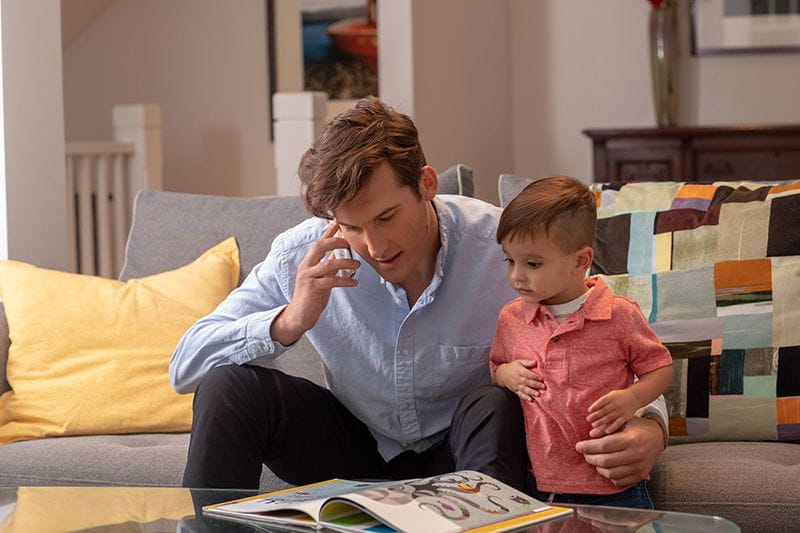I read some interesting data recently showing what drives Gen Z employees to take a job. You might be surprised to learn that it’s their experience with recruiters.
That’s huge for two reasons: one, because it illustrates a shift from what drove employees before them. But also because of what it says about how important what we do in HR has become.
How we recruit and support employees has never been more in the spotlight.
Think about it – the talent wars we’re dealing with are unprecedented. That changes the way we in HR do our jobs – especially in the world of benefits.
Innovation in the space has been especially clear in Silicon Valley. I saw this firsthand at our own recent conference of benefits leaders in San Francisco; and more recently at the Silicon Valley Employers Forum (SVEF) where companies from PepsiCo to LinkedIn talked about their strategies.
It’s been fascinating to hear what these companies have to say.
Focus on Mental Health
It’s hard to imagine any employer talking about mental health 25 years ago. But an eye-opening fact from SVEF is that absences related to such issues are becoming more common. That’s astonishing, and something that we as employers really need to pay attention to. And it’s happening – we heard this at World at Work, at SVEF, and at our own forum where mental health factored into almost every subject; and where employers talked about bringing services and removing stigmas so people can feel as free to take time for their mental health as they would for their physical health. Beyond support, the question we need to be asking ourselves isn’t just how we can address mental health in our workplaces, but whether our policies and “always-on” workplaces are contributors to the problem. What’s clear is that open policies where people can be candid about their issues are becoming yardsticks of an employer’s culture. If employees have the resources and support they need to freely address their mental health, your organization’s doing something right.
Generational Strategies
We’ve currently got five generations under our roofs, and you only have to look at the SVEF handout to see what that means: generations bumping up against each other on everything from communication to meeting style. That’s a lot to manage. Generational research can surely help us cut down on conflicts and identify differences/needs in terms of families, communication preferences, and career goals. But a peer group is just one element among many that defines people. While it’s important to understand our people, we need to be careful not to pigeonhole them. As one SVEF conference attendee put it, “If we were to talk about other diverse groups the way we talk about generational differences, we’d all be fired.”
Evolution of Benefits
Our diverse employee populations sparked much conversation about what that means for benefits. I got to share the stage with PepsiCo’s Erik Sossa, who in his “Supporting Employees in Moments that Matter” presentation, talked about the modern family, expanding and adapting benefits, and programs that can reach employees at pivotal junctures when they need – and value – support the most. What that looks like in practical terms is a total rewards package that’s diverse enough to reach every segment of your workforce -- your employees with student debt, your new parents who are just returning from leave, and your families with older children who are preparing to apply to college – all with meaningful support. It’s tall order, but something that organizations like PepsiCo are already doing, providing a model for us all.
As much as any of the above provides instruction, there’s a bigger message: namely that the workplace is changing, and the same old benefits old approaches aren’t going to get us very far. We in HR have our work cut out for us.
It’s up to us to do all that we can to be innovative, and to keep changing the way we do things.





